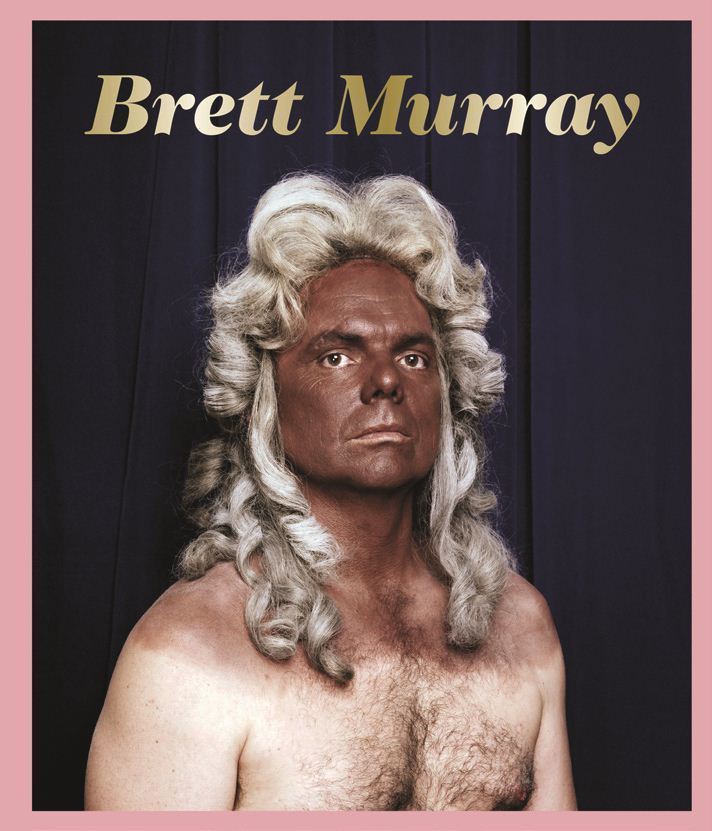Some may mistake Brett Murray’s self-titled book of art as a course in realpolitik, and The Spear – his work that depicts South African President Jacob Zuma standing like Lenin, from the Victor Ivanov poster, while his genitals dangle from the open zipper of his trousers. It triggered a defamation lawsuit by the ruling African National Congress and was defaced in May 2012, at the Goodman Gallery in Johannesburg. Yet the book that chronicles his artworks over a career of 30 years is more than that. It is an interesting study about Murray’s catalogue as satire and political comment, where political factions spark racial divide as the rule, not the exception. This beautifully put-together book treats The Spear debacle as one pinnacle in a prolific career that is, at times, touching and melancholic. It tells the story of a non-conformist, who has been creating controversy since the get go.
Murray’s pop art is elegant and austere: simple form, bold color, in steel, sculpture and mixed media. Each work is an attack on neo-tribalism, tokenism, apartheid, cronyism and pretentiousness. Over the years, some critics have thought his attacks somewhat simple-minded, but most agree his work is classic in its own way. Murray’s art is peculiar, it touches on the tragedy and absurdity of our past and present, but at its core it grapples with South Africa’s failure to communicate its humane emptiness.
A lot of art nowadays is incoherent and meaningless; audiences are not required to connect, and it leaves the observer contemptuous and superior, as though they were watching a television advert – with a sense that they are being sold to. Murray’s pieces are old-school, virtuoso triumphs that work on a primitive notion that his issues are all surface and physical – a la his 2000 sculpture titled Africa, with its African statuette and several Bart Simpson faces stuck to its body. Is it about tradition selling out to commercialism? Afrocentrism buckling to Westernism? A clash of cultures? The analysis goes on.
Many present day artworks do not make one think, instead it is decorative and beautiful to look at. Art is meant to challenge, to make one feel a part of something again, not just as though one is lost in another city. Good art makes one care about how the country is faring, and makes one believe in collective possibility once again. I guess Murray understands that. He creates exhibitions that speak to its audience. It is not that we want all his work to be high art, it can be low art too – like his Heritage Collection with its steel animals and African curio feel – and still feel like high art.
What makes Murray timeless are his themes – his art can access the modern youth because he knows what touches them. The recurrence of themes in Murray’s work illustrates that each generation wants satire, just addressed in newer ways. Murray fulfils this need, but with each new artwork, he pushes the boundaries a little further – have we become that desensitized? Was The Spear a step too far? When South Africa was a young democracy, it enjoyed any art that laid bare its diversity. As the country’s democracy has become more nuanced, complicated, and tricky, it is harder to be straightforward.
Loading...
There was a lot of talk about The Spear this time last year that our tastes and habits had changed, moved on from Murray’s kind of art. But that is preposterous. Part of the purpose of art is to open up debate. The artist’s job is to give a glimpse of what is really going on below the surface. Murray does that with a simple angle: subversive gesture. His book reflects that modus operandi. It also makes it clear that his straight-shooting style will never go out of fashion, because it never loses sight of its primary reason: it is not intended to be solemn, but smart, inventive and deliberately absurd. That makes for good art.
Loading...
